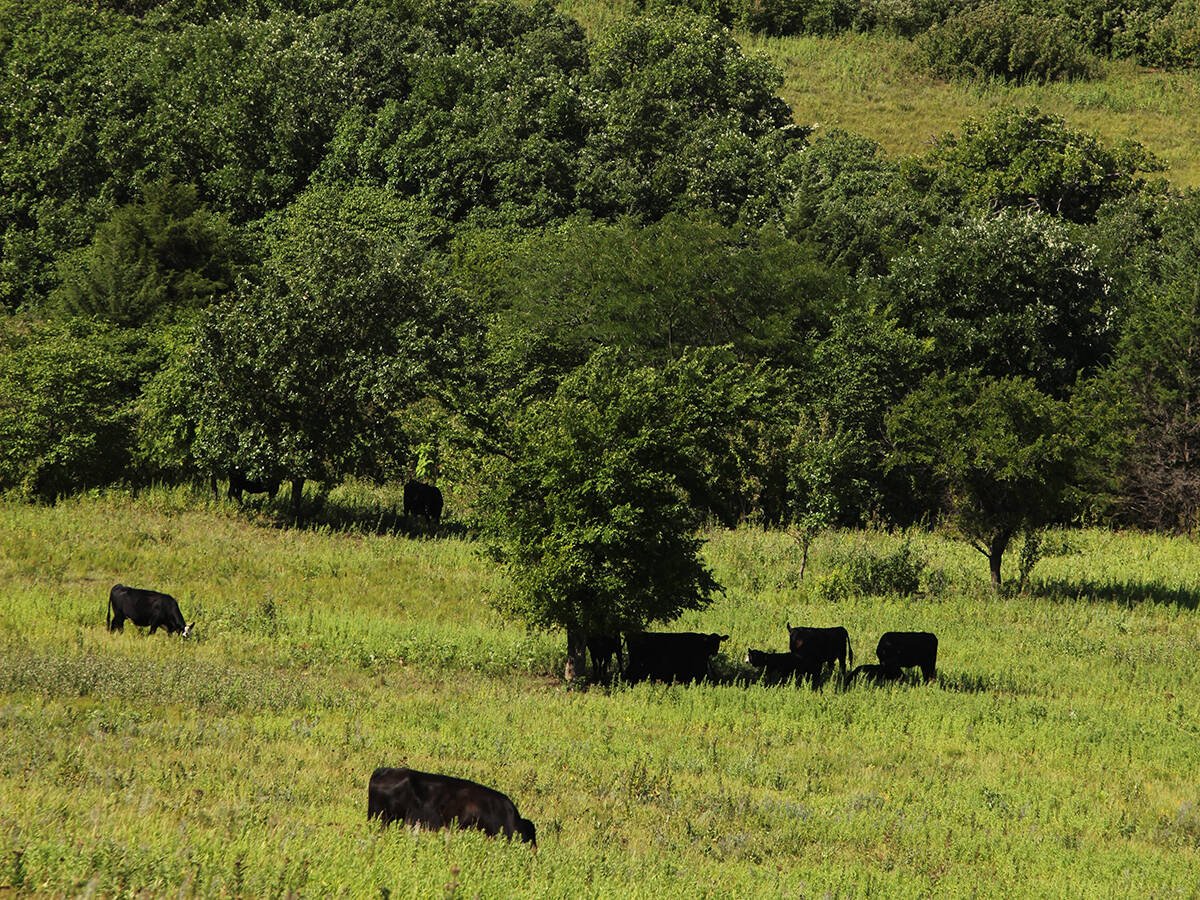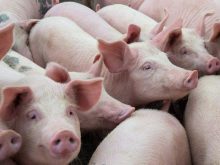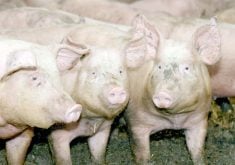RED DEER – A study of Alberta-based livestock truckers hopes to provide guidance to federal officials as they revise transportation rules under the animal health act.
The Canadian Food Inspection Agency is consulting the livestock hauling and related industries to revise its 30-year-old regulations. Groups including the Alberta Beef Producers asked for a Canadian-based study on animal welfare so the new rules would fit conditions here, said Reynold Bergen of the beef producers.
The CFIA is getting pressure from animal rights groups to tighten regulations to include specific instructions on the treatment of animals.
Read Also

Beef cattle more prone to trace mineral deficiencies
The trace mineral status of our cows and calves is a significant challenge for western Canadian producers and veterinarians.
Livestock producers favour outcome-based regulations such as loading density or stops for feed, water and rest.
“There is no one size that fits all for every situation,” said Bergen.
“We want animals to come off the truck in good condition,” he told the Alberta Beef Industry Council meeting in Red Deer Feb. 20.
Agriculture Canada scientist Karen Schwartzkopf-Genswein is halfway through a two year study to document industry practice.
This study is collecting data on cattle moving in and out of Alberta by surveying individual livestock haulers and 24 trucking companies.
About 6,000 surveys have been submitted by short and long distance haulers from all over Alberta.
When the work is finished in April 2009, the study plans to have 16,000 surveys to show what is happening with cattle movement.
“Participation has been better than expected,” said Schwartzkopf-Genswein.
“Some of the companies have used the surveys to track information on their company,” she said in presenting preliminary results to the council.
The surveys ask truckers about driving experience, distance travelled, condition of animals when loaded and upon arrival, truck types and usual practices for rest, feed and watering.
Driver experience ranged from almost none to about two years. That is partly due to the BSE crisis when many experienced drivers left the business because there was no work.
“A lot of those drivers took jobs with other companies or in the oil patch,” she said.
Of the surveys received so far, truckers reported delivering about 55,000 head of mostly fed cattle going to slaughter in the United States.
Upon arrival, the total number of dead animals was nine, while 10 went down and 17 became lame during the journey.
An average load has 47.7 animals per truck each weighing about 1,300 pounds. The average travel distance was 1,100 kilometres with the minimum distance being 400 km and the longest 2,300 km, meaning the cattle were on the truck for 24 hours.
Delays are a major complaint with many drivers reporting long waits at U.S. border crossings. The average delay was two hours but there were reports of 14 hour holdups at the border. The study wants to find out why these delays happened.
“Waiting to unload was a major problem for them,” she said.
Waits to unload at the slaughter plants averaged about one hour, but there were reports of sitting up to 13 hours with the cattle still in the trailer. The drivers said the plants unloaded the U.S. cattle first and made the Canadians wait.
The study also asked the range of temperatures animals were exposed to during their journeys. Temperatures could change from -22 C when the cattle went on the truck to 46 C once they reached their destination.















